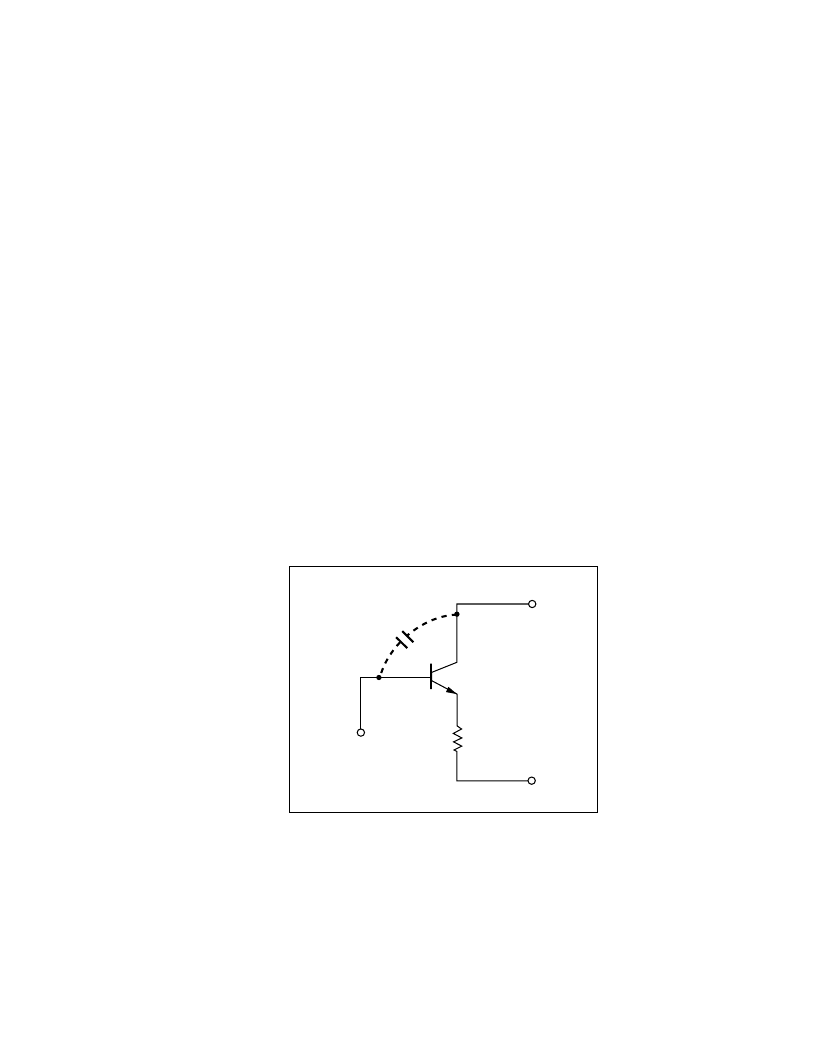- 您現(xiàn)在的位置:買賣IC網(wǎng) > PDF目錄383777 > PS2603 (NEC Corp.) Optocoupler Applications PDF資料下載
參數(shù)資料
| 型號(hào): | PS2603 |
| 廠商: | NEC Corp. |
| 英文描述: | Optocoupler Applications |
| 中文描述: | 光耦應(yīng)用 |
| 文件頁(yè)數(shù): | 4/38頁(yè) |
| 文件大小: | 223K |
| 代理商: | PS2603 |
第1頁(yè)第2頁(yè)第3頁(yè)當(dāng)前第4頁(yè)第5頁(yè)第6頁(yè)第7頁(yè)第8頁(yè)第9頁(yè)第10頁(yè)第11頁(yè)第12頁(yè)第13頁(yè)第14頁(yè)第15頁(yè)第16頁(yè)第17頁(yè)第18頁(yè)第19頁(yè)第20頁(yè)第21頁(yè)第22頁(yè)第23頁(yè)第24頁(yè)第25頁(yè)第26頁(yè)第27頁(yè)第28頁(yè)第29頁(yè)第30頁(yè)第31頁(yè)第32頁(yè)第33頁(yè)第34頁(yè)第35頁(yè)第36頁(yè)第37頁(yè)第38頁(yè)

3
There are two kinds of optocouplers (a light emitting diode (LED) as an input and a phototransistor as an output) according to the
type of output transistor: Single transistor type and Darlington-transistor type.
The single-transistor type optocouplers are used to perform high-speed switching (with high-speed response). The Darlington-
transistor type optocouplers are used to obtain a large output current by utilizing a small input current (independently of switching
speeds).
Designing the circuits properly will improve the PS2601 optocoupler (Single Transistor type) by having a base pin in terms of
switching speed, elimination of noise in input signals, and output leakage current (collector dark current, and application to high-
voltage circuits).
APPLICATIONS OF OPTOCOUPLER BASE PINS
INCREASING SWITCHING SPEED
The switching speed of an optocoupler with a base pin can be increased by inserting a resistor between the base and the emitter
of its phototransistor even when the optocoupler is applied to a large load resistance.
Generally, the phototransistor of an optocoupler such as the PS2601 has a large photo-sensitive area on it. Accordingly, the
junction capacitance (C
C-B
) between the collector and the base of the phototransistor is great (up to 20 pF) and as a result its
response speed (turn-off time t
off
) is low. The relationship between turn-off time t
off
and collector-base capacitance C
C-B
is
expressed by:
t
off
×
C
C-B
x h
FE
x R
L
................(1)
where
t
off
C
C-B
: Collector-base capacitance
h
FE
: D.C. current amplification factor
R
L
: Load resistance
: Turn-off time (See Fig. 2-2.)
Cc-
B
R
L
Figure 2-1. Collector-Base Capacitance
C
C-B
of Phototransistor
相關(guān)PDF資料 |
PDF描述 |
|---|---|
| PS2603L | Optocoupler Applications |
| PS2604 | Optocoupler Applications |
| PS2604L | Optocoupler Applications |
| PS2602 | Optocoupler Applications |
| PS2602L | Optocoupler Applications |
相關(guān)代理商/技術(shù)參數(shù) |
參數(shù)描述 |
|---|---|
| PS2603L | 制造商: 功能描述: 制造商:undefined 功能描述: |
| PS2604 | 制造商:California Eastern Laboratories (CEL) 功能描述:6pin DIP,Darlington Tr, DC, Coupler |
| PS2604L | 制造商:NEC 制造商全稱:NEC 功能描述:Optocoupler Applications |
| PS2605 | 制造商:California Eastern Laboratories (CEL) 功能描述:6pin DIP,Single Tr, AC, Base, Coupler |
| PS2605L | 制造商:NEC 制造商全稱:NEC 功能描述:Optocoupler Applications |
發(fā)布緊急采購(gòu),3分鐘左右您將得到回復(fù)。